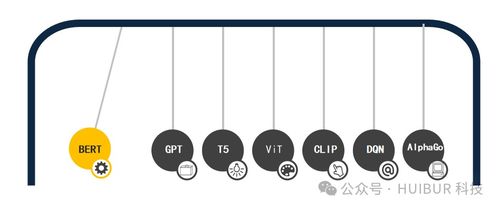Content:
In times of famine, when the very sustenance of life hangs in the balance, the ability to fish becomes a crucial skill for survival. Whether you find yourself in a natural disaster-stricken area or facing an economic downturn that has led to food scarcity, knowing how to fish effectively can be a lifeline. This article delves into the methods and techniques for fishing during a famine, providing you with the knowledge to catch your own food when the going gets tough.
Understanding the Basics of Famine-Friendly Fishing
Before diving into the specifics of fishing techniques, it's important to understand the basics of how to fish effectively during a famine:
Location, Location, Location: Identify bodies of water that are most likely to contain fish. This could be rivers, lakes, ponds, or even the ocean, depending on your location.
Seasonal Awareness: Fish migration patterns and breeding seasons vary by species and location. Understanding these patterns can help you know when to fish for the best catch.
Equipment: The equipment you have at your disposal will greatly influence your success. Learn to make or modify simple fishing gear to suit your needs.
Conservation: In times of scarcity, it's important to fish sustainably. Only take what you need and leave enough for the fish to reproduce and maintain the population.
Techniques for Catching Fish During a Famine
Bait Fishing: This is one of the most common and effective methods. Here's how to do it:
Choose the Right Bait: Depending on the fish you're targeting, you'll need different types of bait. Live bait, such as worms, minnows, or insects, can be more effective than artificial lures.
Prepare Your Line: Use a simple fishing rod and line. If you're in a survival situation, you can make your own line using fibers from plants or strips of fabric.
Cast and Wait: Cast your line into the water and wait for a bite. Be patient, as fish may take some time to notice your bait.
Reel In: Once you feel a bite, reel in slowly and steadily. Avoid reeling too quickly, as this can spook the fish.
Fly Fishing: This method is particularly effective for catching fish in clear water:
Select the Right Fly: The type of fly you use depends on the species of fish you're targeting. Research the local fish species and their preferred food sources.
Cast the Fly: Cast the fly upstream and let it drift naturally with the current. The key is to mimic the movement of natural prey.
Set the Hook: When the fly gets to the fish's feeding area, gently set the hook by lifting the rod tip to create tension in the line.
Net Fishing: This method is useful for catching larger quantities of fish:
Build a Net: If you have the materials, you can build a simple fish net using branches, vines, and twine.
Set the Net: Place the net in the water at the right depth and angle to catch the fish as they swim by.
Check Regularly: Fish may not immediately swim into the net, so check it regularly to ensure you don't miss any.
Trapping Techniques: For a more passive approach, consider setting up traps:
Make a Trap: Use materials like branches, rocks, and twine to create a trap that will catch fish as they swim into it.
Set the Trap: Place the trap in a strategic location where fish are likely to pass.
Check the Trap: Return to the trap regularly to collect the fish.
Advanced Techniques for Increased Success
Learning from Others: If you're in a community affected by famine, learn from others who have experience fishing in your area. Knowledge sharing can be invaluable.
Adapting to the Environment: Be prepared to adapt your techniques based on the environment. For example, fishing in murky water may require different bait and lures than fishing in clear water.

Improvisation: In a survival situation, you may need to improvise with the resources at hand. Be creative in how you use your materials to create effective fishing gear.
Patience and Persistence: Fishing during a famine requires patience and persistence. Don't get discouraged if you don't catch anything right away. The key is to keep trying and learning.
In conclusion, fishing during a famine is not just about catching food; it's about survival. By understanding the basics, mastering the techniques, and being resourceful, you can increase your chances of obtaining the sustenance you need to survive. Remember, the knowledge and skills you acquire now could one day save your life.












